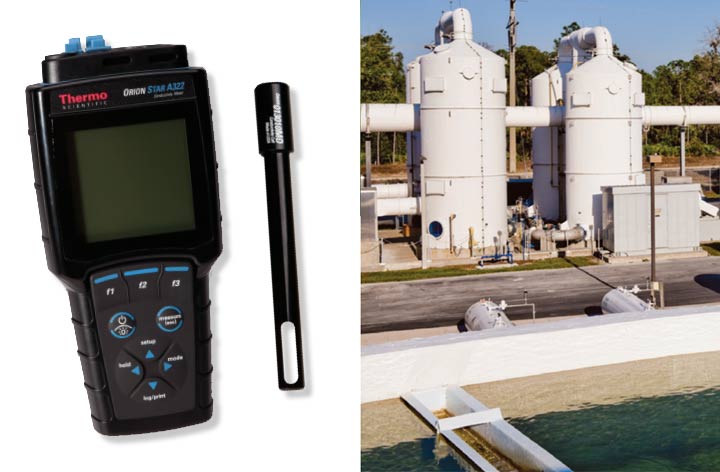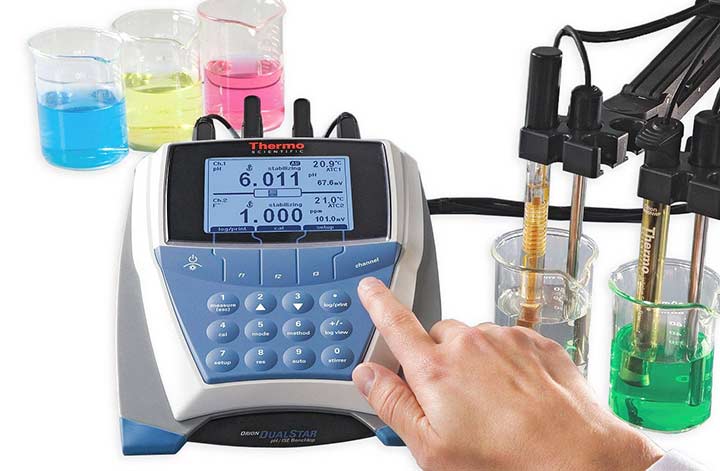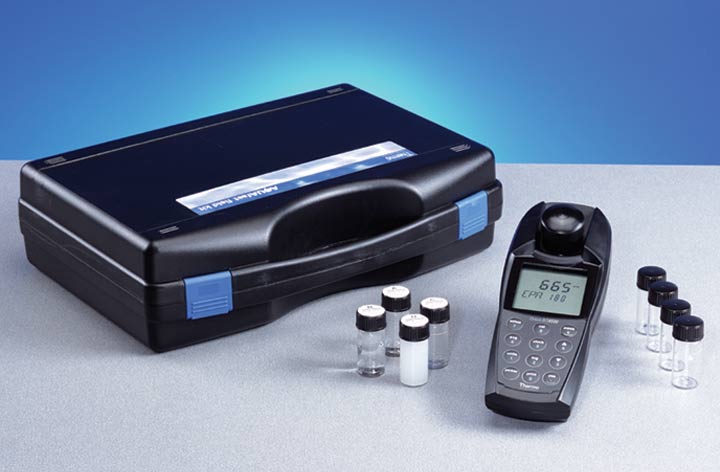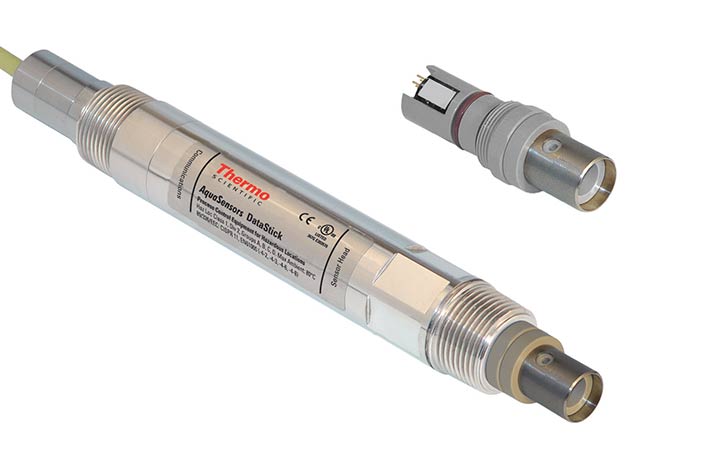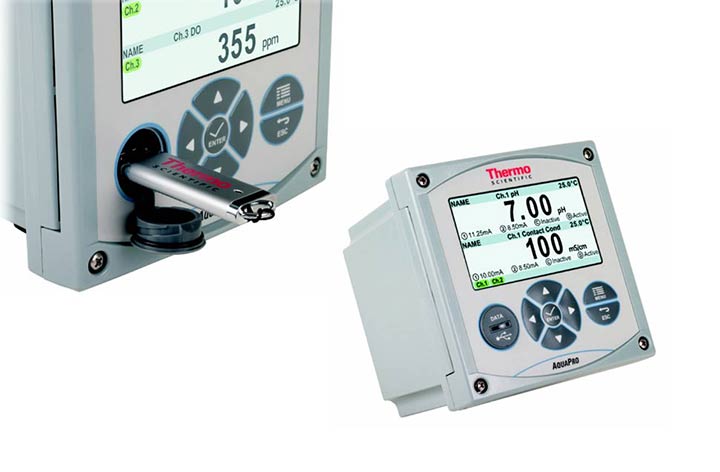Measuring TDS in Water - Total Dissolved Solids
Total dissolved solids (TDS) is a measure of the combined inorganic and organic substances dissolved in water. It is directly related to the electrical conductivity of water and as such can be used as an indication of change. Only relevant in freshwater systems as salinity will dramatically increase the conductivity and therefore apparent TDS.
The EPA Secondary Regulations advise a maximum contamination level (MCL) of 500mg/L (500 ppm) for TDS. When TDS levels exceed 1000mg/L it is considered unfit for human consumption. Most commonly, high levels of TDS are caused by the presence of potassium, chlorides and sodium. Even when using high end purification systems, TDS is not always detected meaning TDS testers should be used to ensure the removal of bacteria and unwanted particles from the water. If water contains high TDS levels it can make the water taste salty or bitter. It can also cause corrosion of metal equipment even if the water is balanced. As well as this, it can cause skin or eye irritation in applications such as swimming pools.
The water in aquariums or tanks should have the same levels as TDS and pH as the aquatic wildlife’s original habitat. Changes in the amount of dissolved solids can be harmful to the fish because the density of TDS determines the flow of water in and out of an organism’s cell. Concentrations that are too high or low can affect the fish’s growth or cause death. A level of 400ppm is recommended for most freshwater fish. Even with a 2-3ppm chlorine residual, High TDS can also permit a high volume of algae bloom which effects the cycle of photosynthesis.






